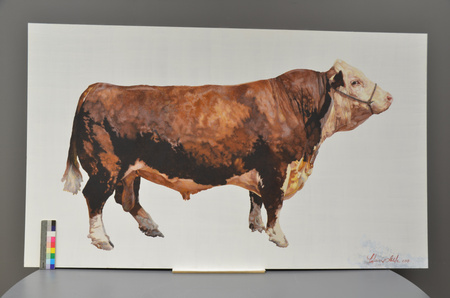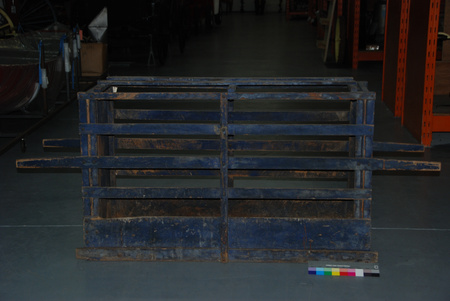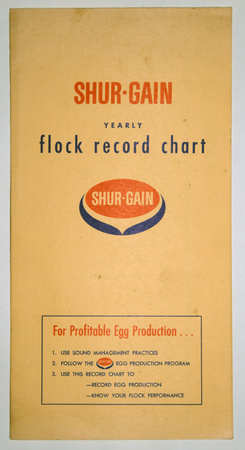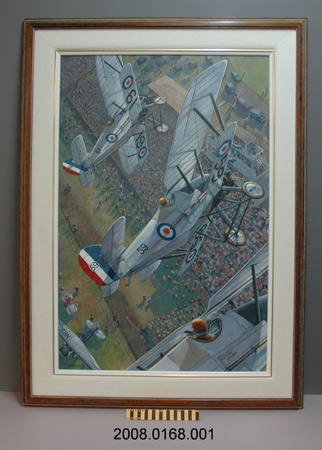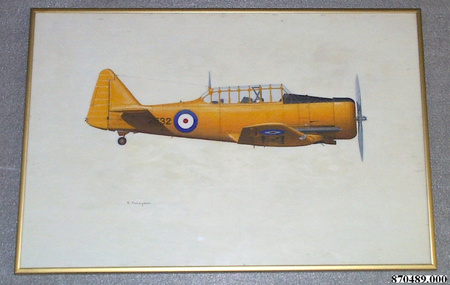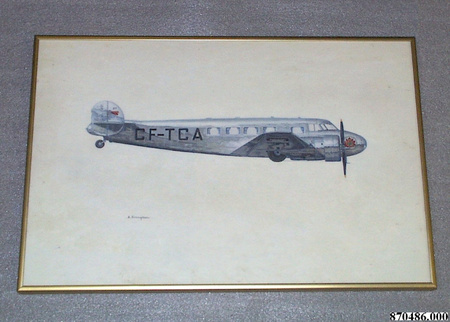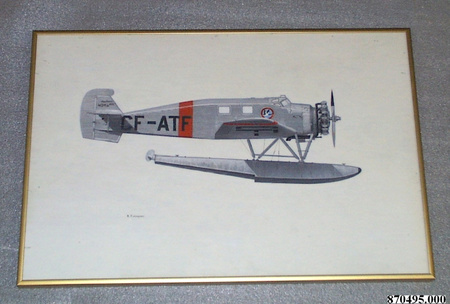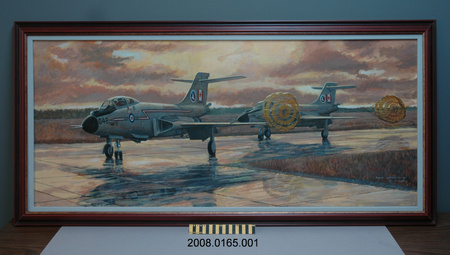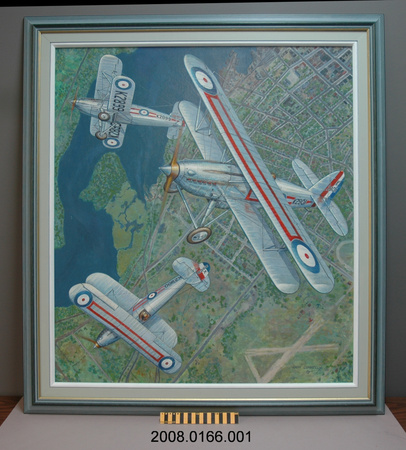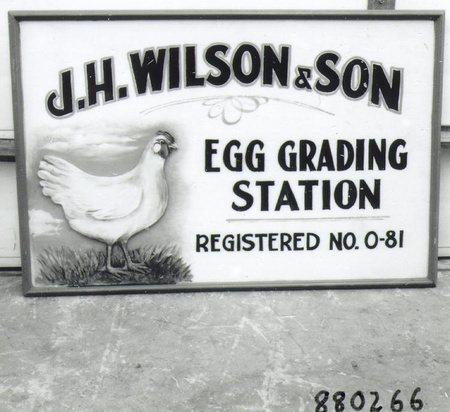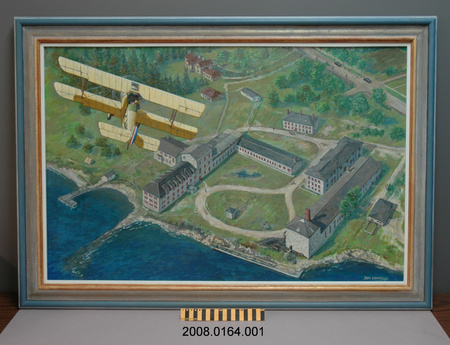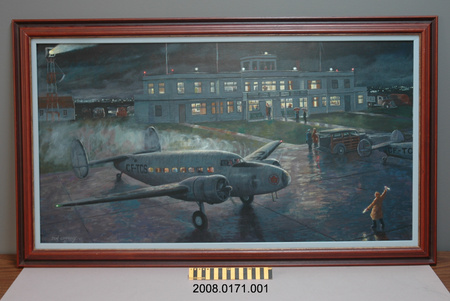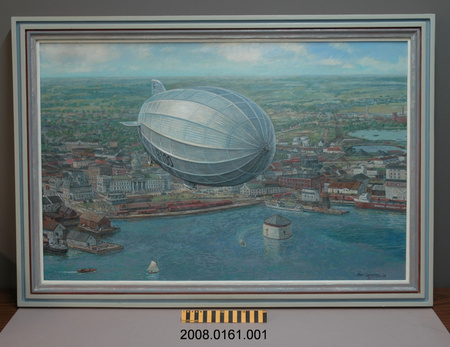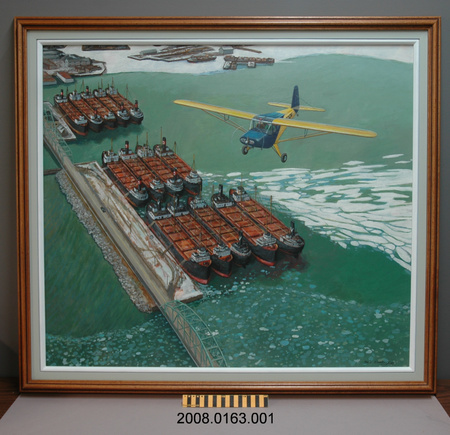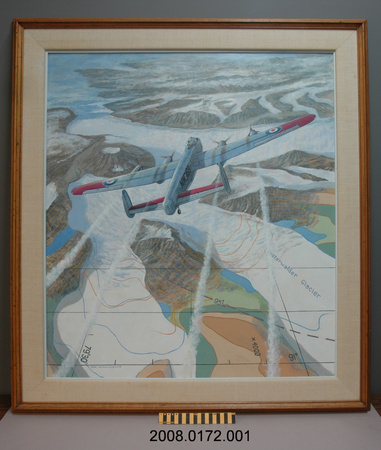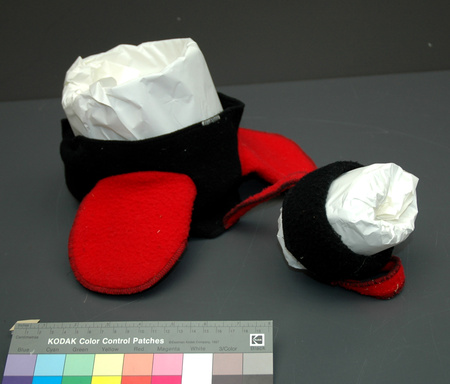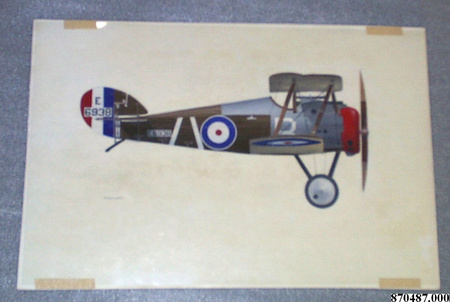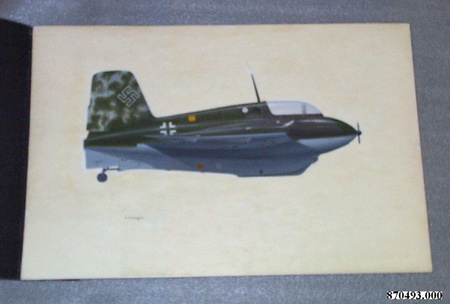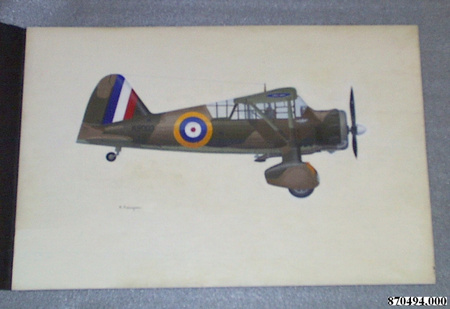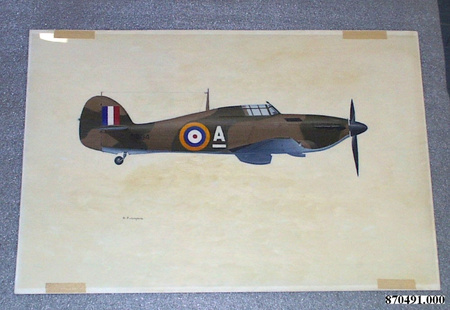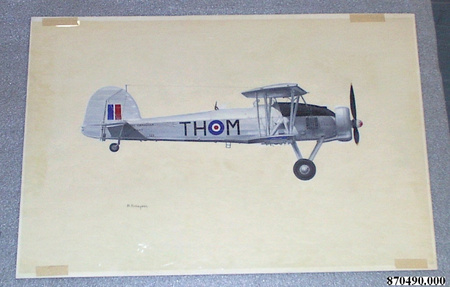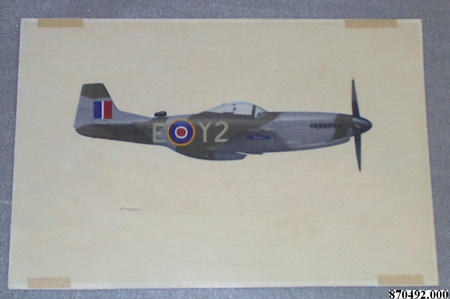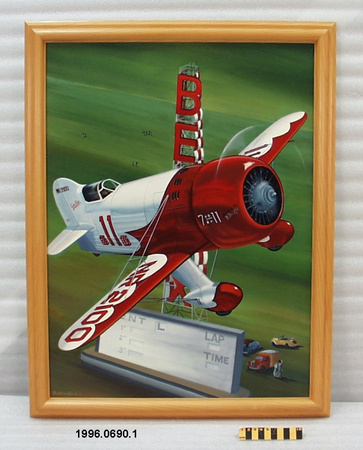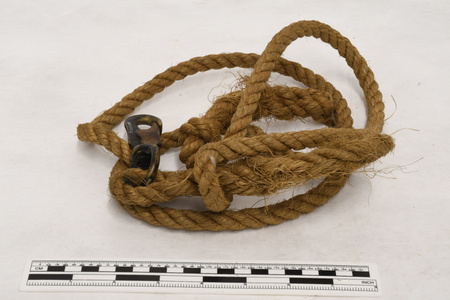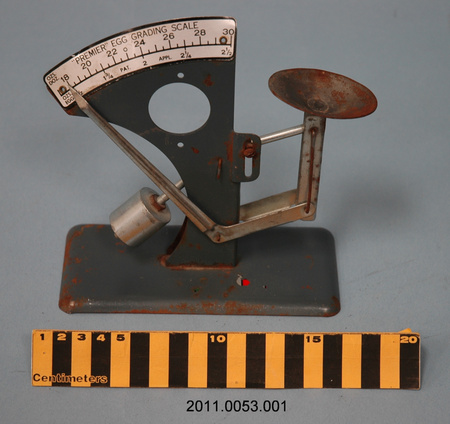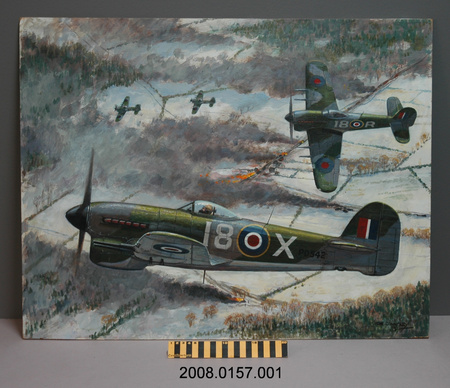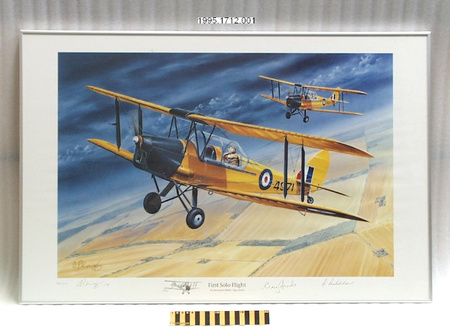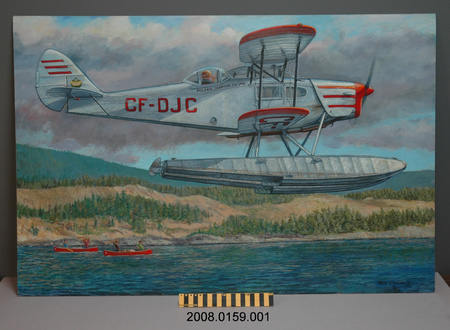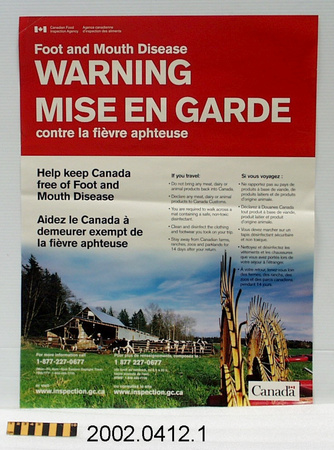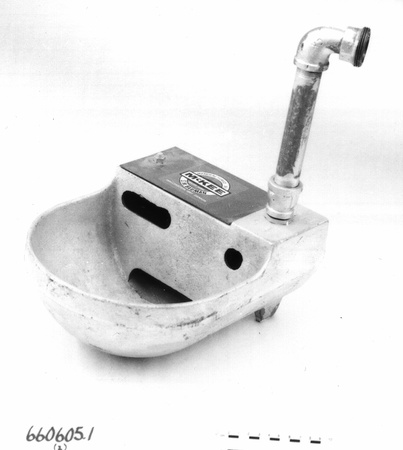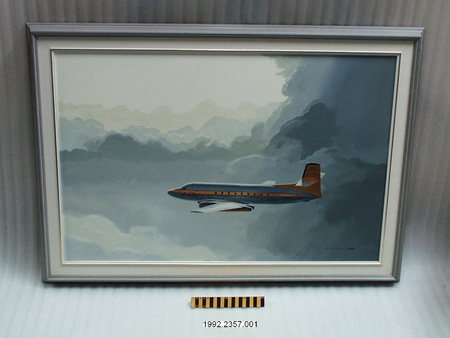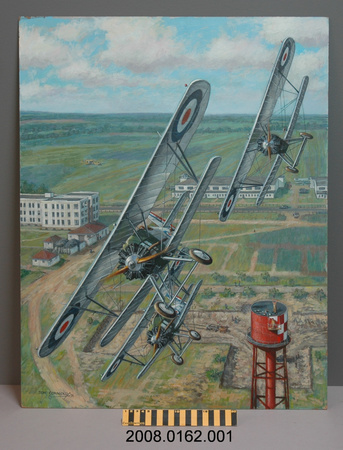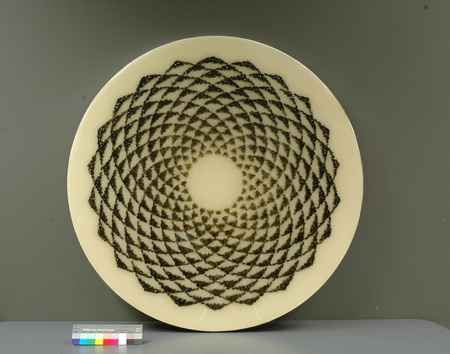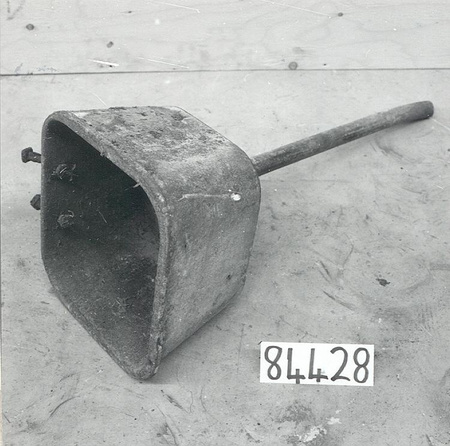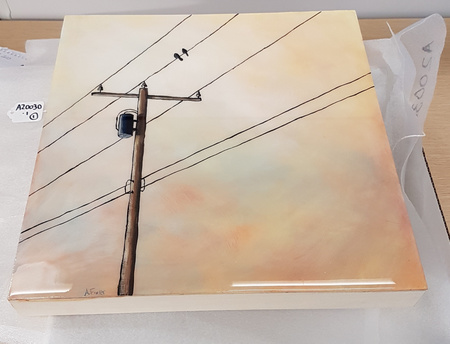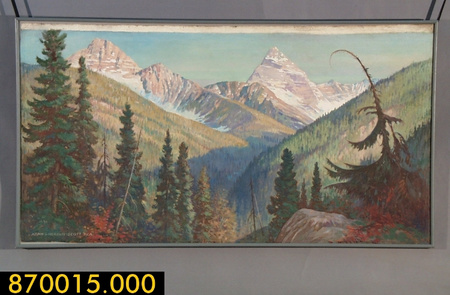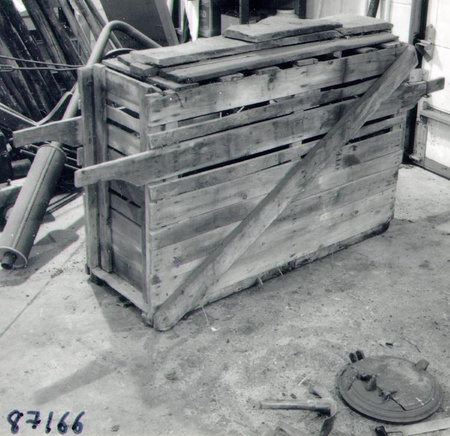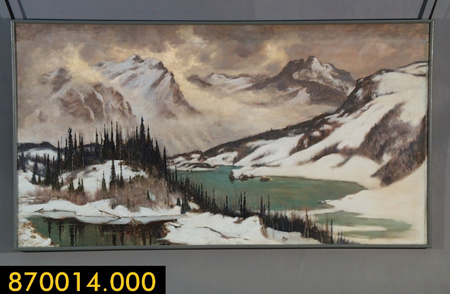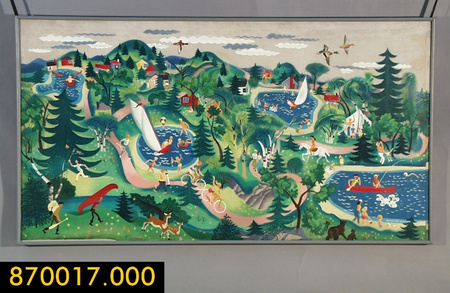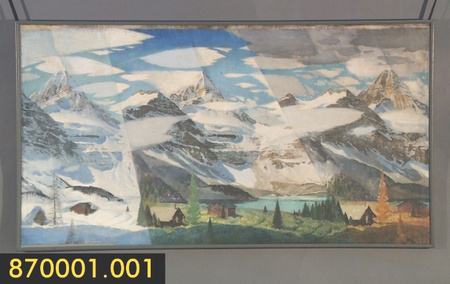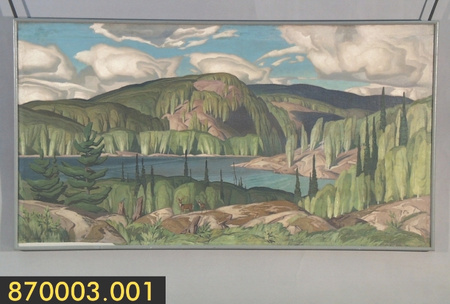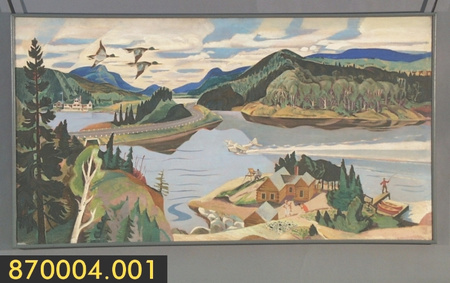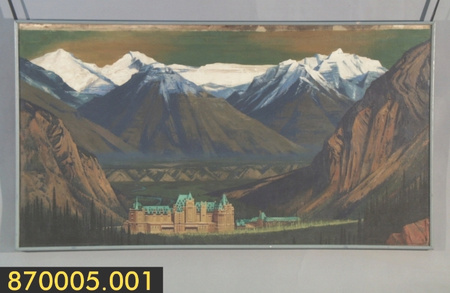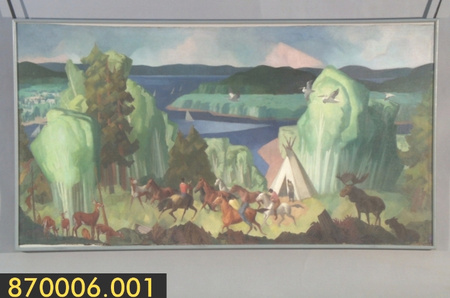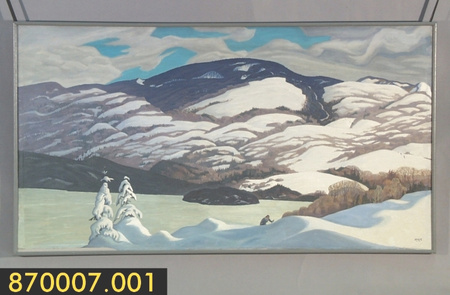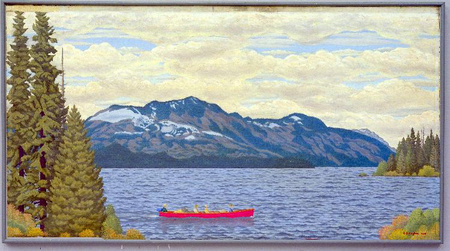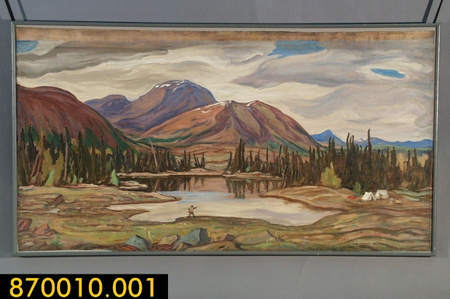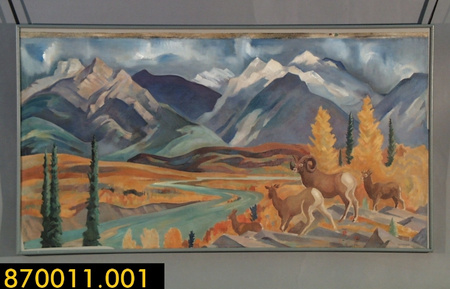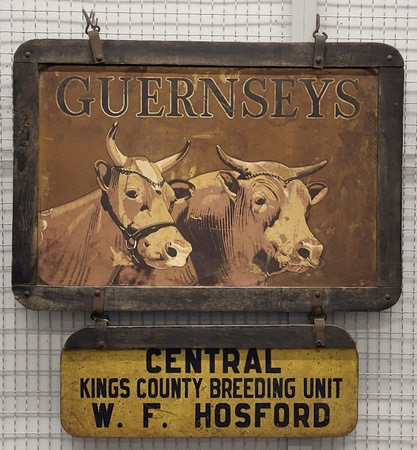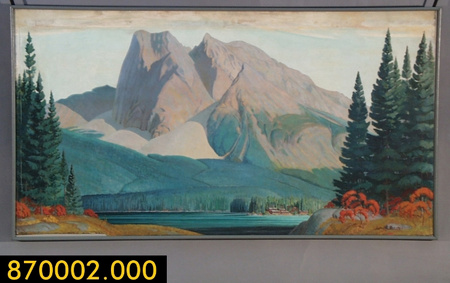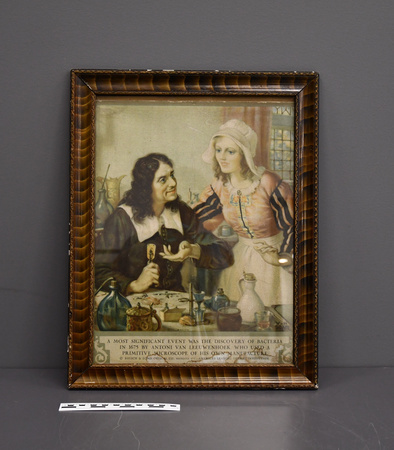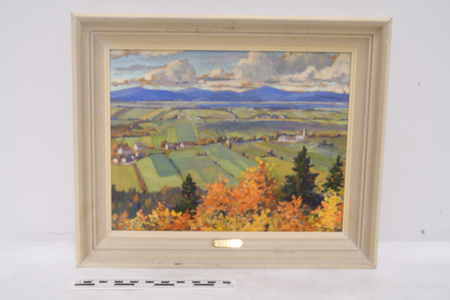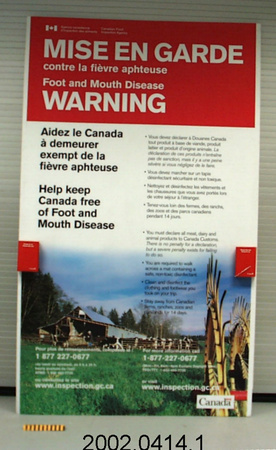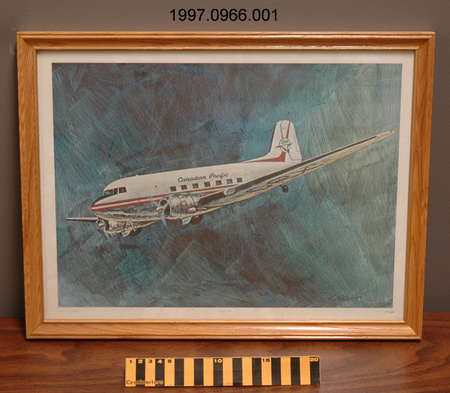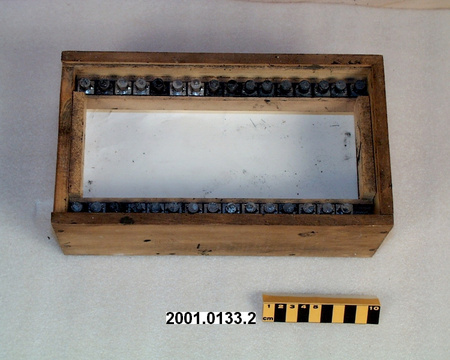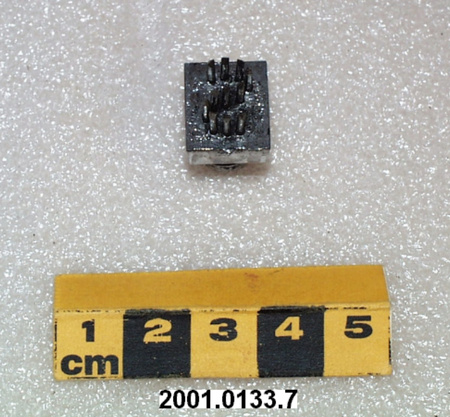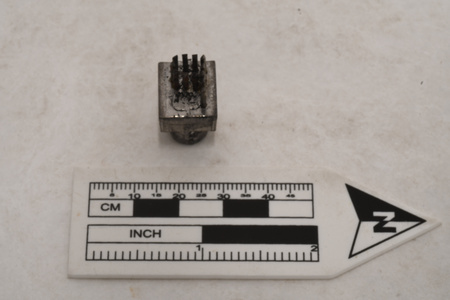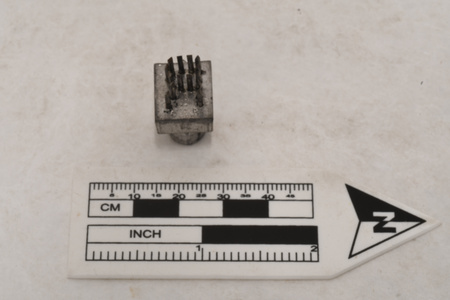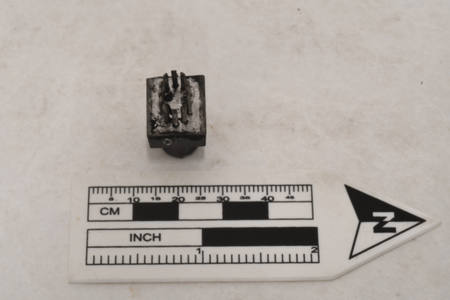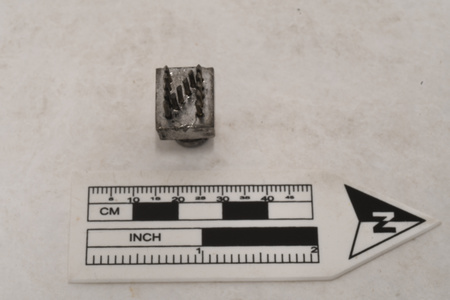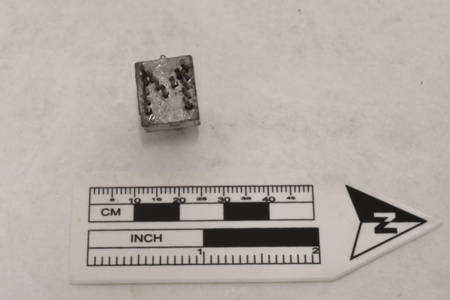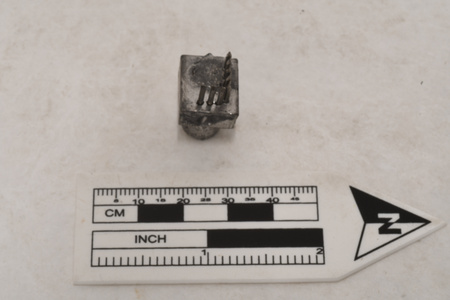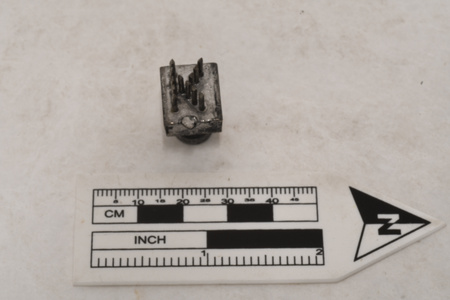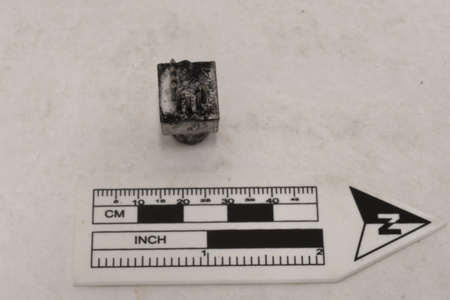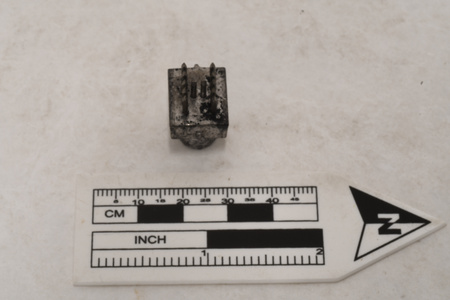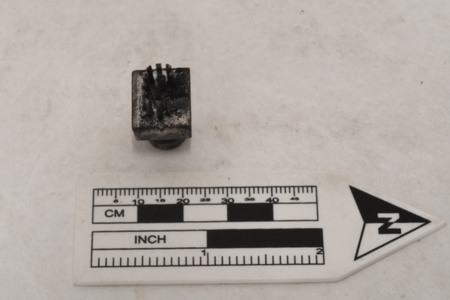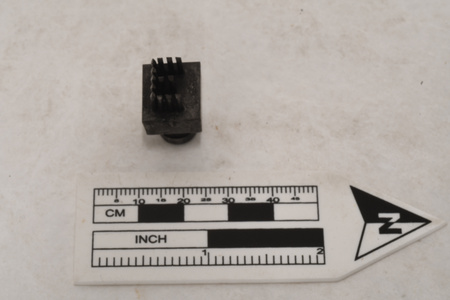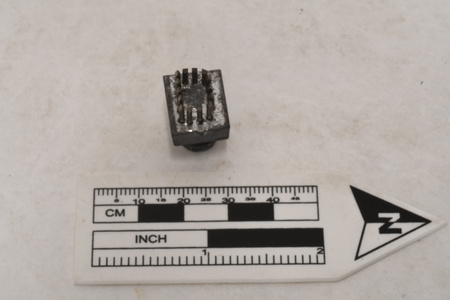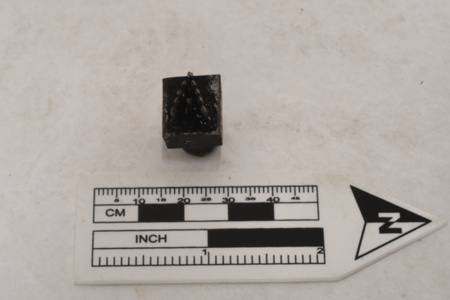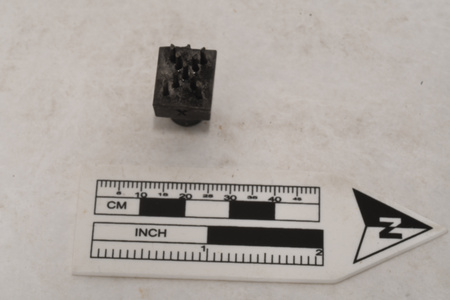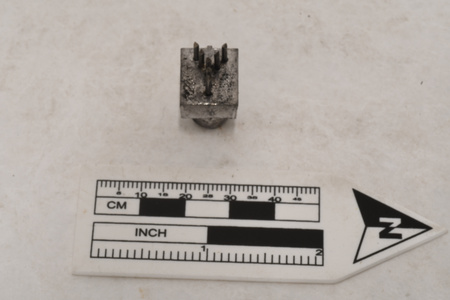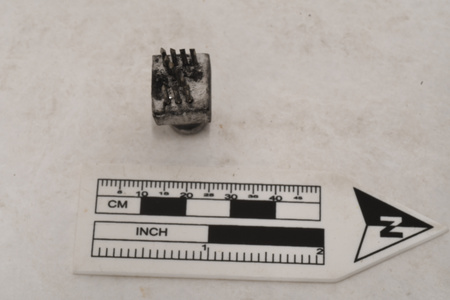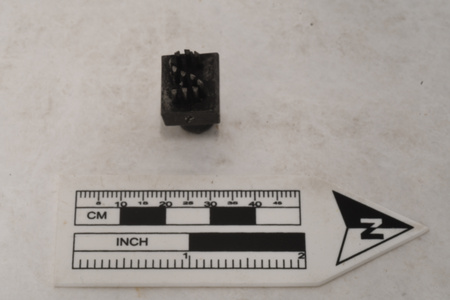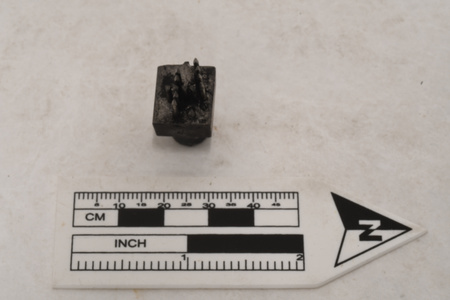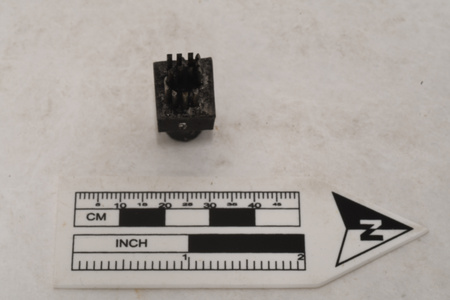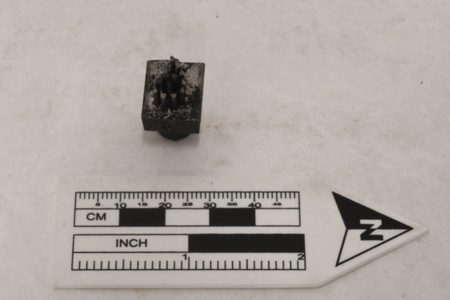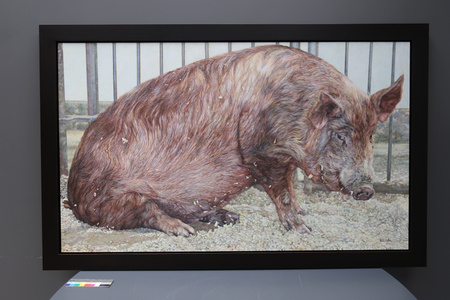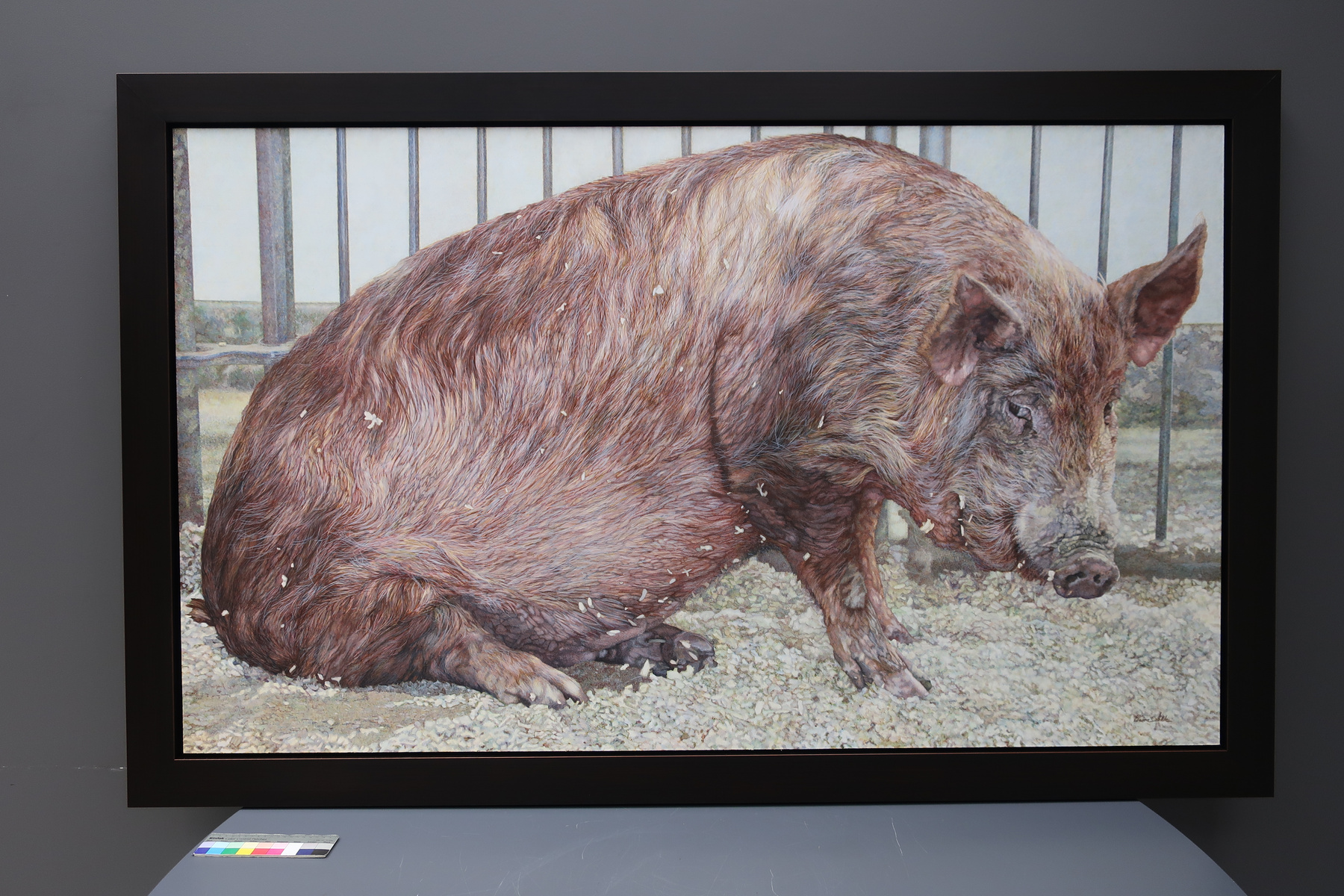Painting
Use this image
Can I reuse this image without permission? Yes
Object images on the Ingenium Collection’s portal have the following Creative Commons license:
Copyright Ingenium / CC BY-NC-ND (Attribution-NonCommercial 4.0 International (CC BY-NC 4.0)
ATTRIBUTE THIS IMAGE
Ingenium,
2016.0290.001
Permalink:
Ingenium is releasing this image under the Creative Commons licensing framework, and encourages downloading and reuse for non-commercial purposes. Please acknowledge Ingenium and cite the artifact number.
DOWNLOAD IMAGEPURCHASE THIS IMAGE
This image is free for non-commercial use.
For commercial use, please consult our Reproduction Fees and contact us to purchase the image.
- OBJECT TYPE
- Egg tempera on masonite
- DATE
- Unknown
- ARTIFACT NUMBER
- 2016.0290.001
- MANUFACTURER
- Unknown
- MODEL
- Portrait, Canadian Tamworth
- LOCATION
- Unknown
More Information
General Information
- Serial #
- N/A
- Part Number
- 1
- Total Parts
- 1
- AKA
- N/A
- Patents
- N/A
- General Description
- Masonite, wood and metal
Dimensions
Note: These reflect the general size for storage and are not necessarily representative of the object's true dimensions.
- Length
- 1.2 m
- Width
- 1.8 m
- Height
- 5.2 cm
- Thickness
- N/A
- Weight
- N/A
- Diameter
- N/A
- Volume
- N/A
Lexicon
- Group
- Agriculture
- Category
- Miscellaneous
- Sub-Category
- N/A
Manufacturer
- AKA
- Unknown
- Country
- Unknown
- State/Province
- Unknown
- City
- Unknown
Context
- Country
- Canada
- State/Province
- Ontario
- Period
- Unknown
- Canada
-
The painting depicts a Tamworth pig, an animal housed at the Canada Agriculture and Food Museum in Ottawa. The Tamworth breed was classified in 2014 in Canada as a “critical” breed because the number of breeding animals are in decline (fewer than 35 female pigs were registered). The Tamworth is a heritage breed that was developed on an English estate in the early 19th century: it is a hardy breed that can withstand the rigours of outdoor life and is thus suited to Canadian farms. But in terms of industrial production, and larger units of production, the Tamworth was inefficient and so lost favour among pig farmers. This quality has also led to renewed interest in the Tamworth, which has gained some popularity among organic growers and “locavores” who admire the pig’s willingness to forage in forests and on pastures. - Function
-
Historians of animal breeding such as Harriet Ritvo and Margaret Derry have noted the importance of art in representing breeds and idealizing their forms. In the mid-eighteenth century, British cattle owners were commissioning paintings of their “favourite beasts,” which agricultural journals then presented to their readers as large engravings. Such images usually showed the animal from the side, often against a plain background, to emphasize the prize animal’s mass and solidity. This form of livestock art was adopted in North America, where prize animals gained fame through agricultural exhibitions and journals. Margaret Derry writes that “visual art played a significant role in the conception of ‘improvement’ and thus in the purebred industry.” (Derry 26) Derry joins Harriet Ritvo in arguing that these images were rarely accurate depictions of animal form, but reflected human conceptions of ideal animals. In the 20th century, animals were commonly photographed, but farmers and breed associations nevertheless turned to artists to paint “ideal types.” One such Ontario artist, Ross Butler (1907-1995) gained renown in this genre and was commissioned by the Ontario government in the 1930s to paint “true types” of Canadian livestock as an aid for agricultural education. - Technical
-
Egg tempera painting is a technically demanding and laborious process with a long history in western art. Goble prepares her own gesso ground and paints, which she makes from mineral and animal products. The gesso base (which provides an opaque ground for tempera paint) is composed of 30 to 35 layers of gesso, a mixture of calcium-carbonate marble dust and rabbit’s skin glue. The gesso is air dried and sanded between each coat. Goble works with a limited palette of colours: for this painting she used six powdered pigments: titanium white, black oxide, red oxide, raw umber, burnt umber and chromium green. She daily mixes her paint: one part pigment to one part egg yolk and one part water. Each colour is applied individually in pure strokes (the paint is never blended) with Russian Blue Sable Mop brushes. The painting is built of up of consecutive layers of paint. Goble uses a traditional grid system to break the painting’s area into individual units of construction. - Area Notes
-
Unknown
Details
- Markings
- Artist's signature, bottom right corner "Elaine Goble". Label on back of painting reads "PATRICK GORDON/ FRAMING STUDIO/ 160 Elm Street, Ottawa/ Ontario, Canada K1R 6N5/ t: 613613.232.7146/ www.patrickgordonframing.ca".
- Missing
- Appears complete
- Finish
- Egg tempera painting on a masonite board. Painting has brownish hues. Dark brown wooden frame. Painting secured to frame with unfinished wood trusses, metal staples and screws (see conservation photos). Coroplast backing put on the back of the painting. Metal hangers screwed on to upper corners.
- Decoration
- N/A
CITE THIS OBJECT
If you choose to share our information about this collection object, please cite:
Unknown Manufacturer, Painting, Unknown Date, Artifact no. 2016.0290, Ingenium – Canada’s Museums of Science and Innovation, http://collection.ingenium.ca/en/id/2016.0290.001/
FEEDBACK
Submit a question or comment about this artifact.
More Like This
